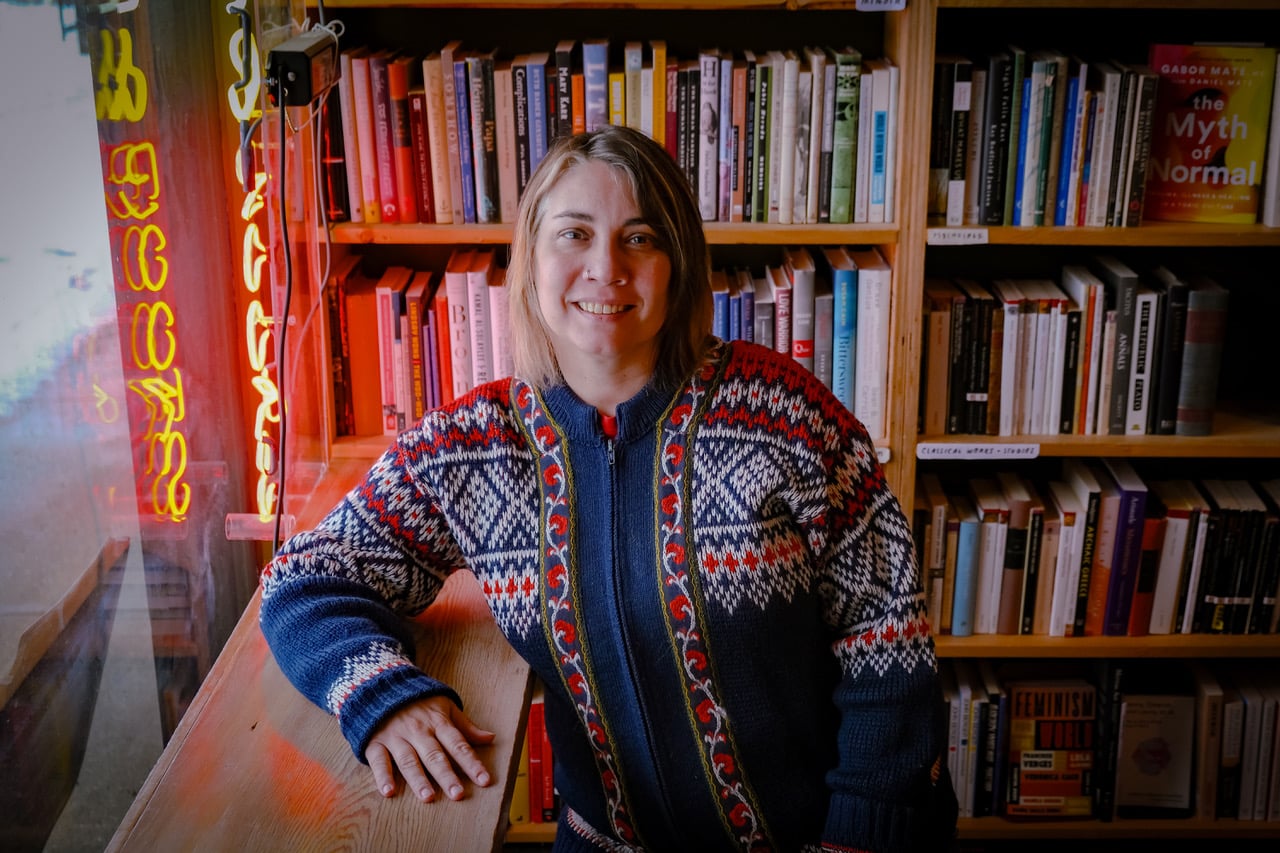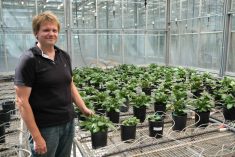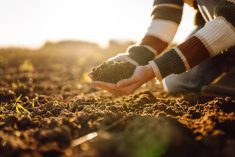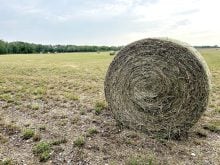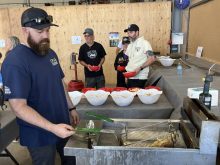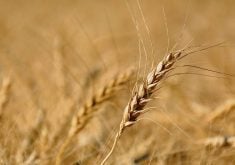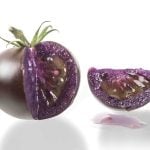THIRST QUENCHERS Alberta scientists used high-tech equipment to look at how plants lose water and how to identify ones with superior water efficiency traits
A team of Alberta scientists has found a way to help plant breeders create less thirsty varieties of barley.
The goal is to get more ‘crop per drop,’ but researchers are quick to point out there are limits to drought resistance.
“These varieties aren’t helpful in situations when there is no water, just in conditions where water is reduced,” said Scott Chang, a professor in soil sciences at the University of Alberta.
The researchers used carbon isotope compositions of barley plants to better understand how they use water.
Read Also
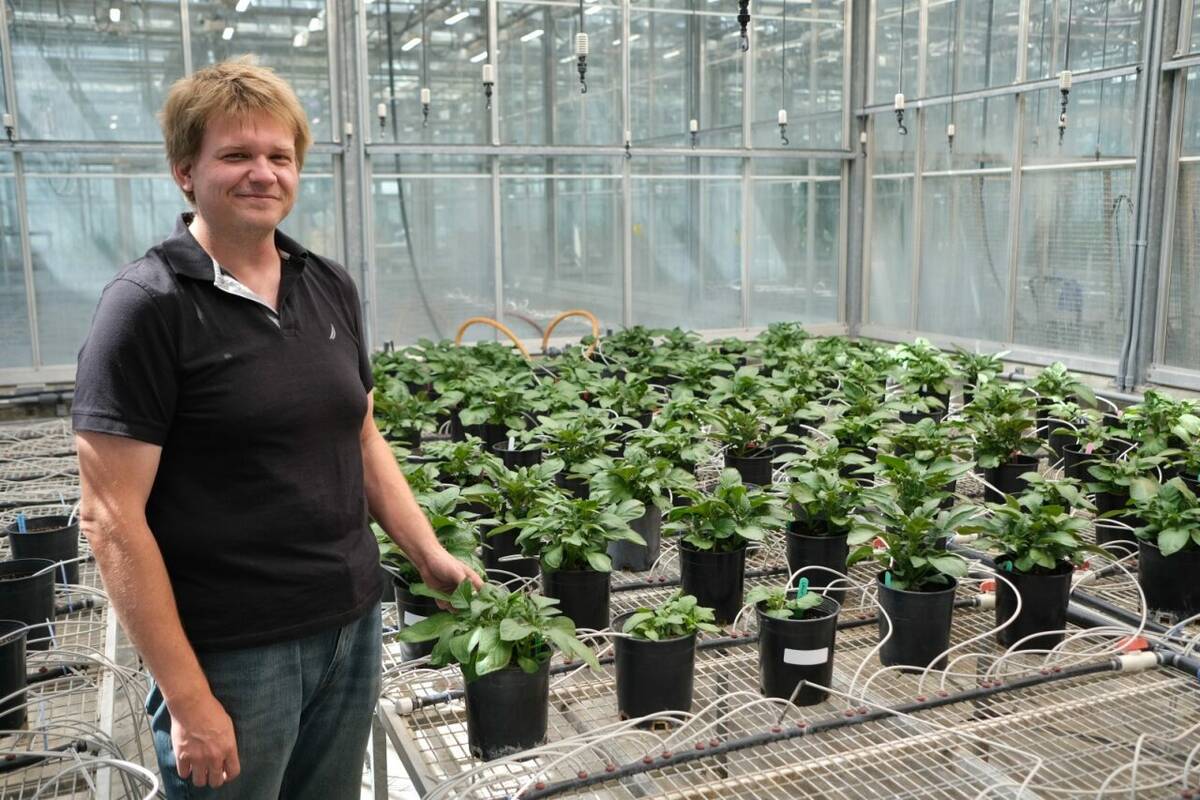
Hail research hopes to benefit potato growers
Alberta research scientist measures hail storm and heat dome affects on potato crops
“Water-use efficiency by itself is not very easy to measure under field conditions,” said Anthony Anyia, crop scientist at Alberta Innovates Technology Future.
“We wanted to see whether we could use carbon isotope measurements as a way to predict the water-use efficiency of different genotypes and varieties.”
The first part of the work was to prove that something called ‘carbon isotope discrimination’ could be used to determine water-use efficiency.
“When plants are photosynthesizing, they take in carbon dioxide, mostly through the stomata,” said Chang. “When there is a water deficiency or stress, the stomata tends to be closed. When the stomata is wide open, the process of photosynthesis is C12, which is preferred. When plants are stressed or don’t have enough water, they don’t have a choice and have to use all the carbon dioxide in the leaves. This is what we call carbon discrimination.”
The next step was looking for molecular markers to measure water-efficiency traits, and to develop tools plant breeders can use to select for more water-efficient varieties. The final step is refinement and validation of the process, so breeders will be able to take the molecular markers to start the development of commercial varieties that use less water.
The project is also proof of the benefits of co-operation, the scientists said.
While a great deal of the research was done in Chang’s lab in the Department of Renewable Resources, the team also had access to a larger variety of technical equipment including mass spectrometers for analyzing carbon isotopes, and molecular biology equipment for mapping.
“It has been a very productive collaboration between the two labs,” said Chang.
The project was funded by the Alberta Barley Commission, the University of Alberta, the Alberta Crop Industry Development Fund, Alberta Innovates Bio Solutions, and the Brewing and Malting Barley Research Institute. The research has been published in a number of peer-reviewed journals, so barley breeders will be able to apply these techniques and use them in their breeding programs. Anyia and Chang have previously worked together to investigate water-use efficiency in wheat.

